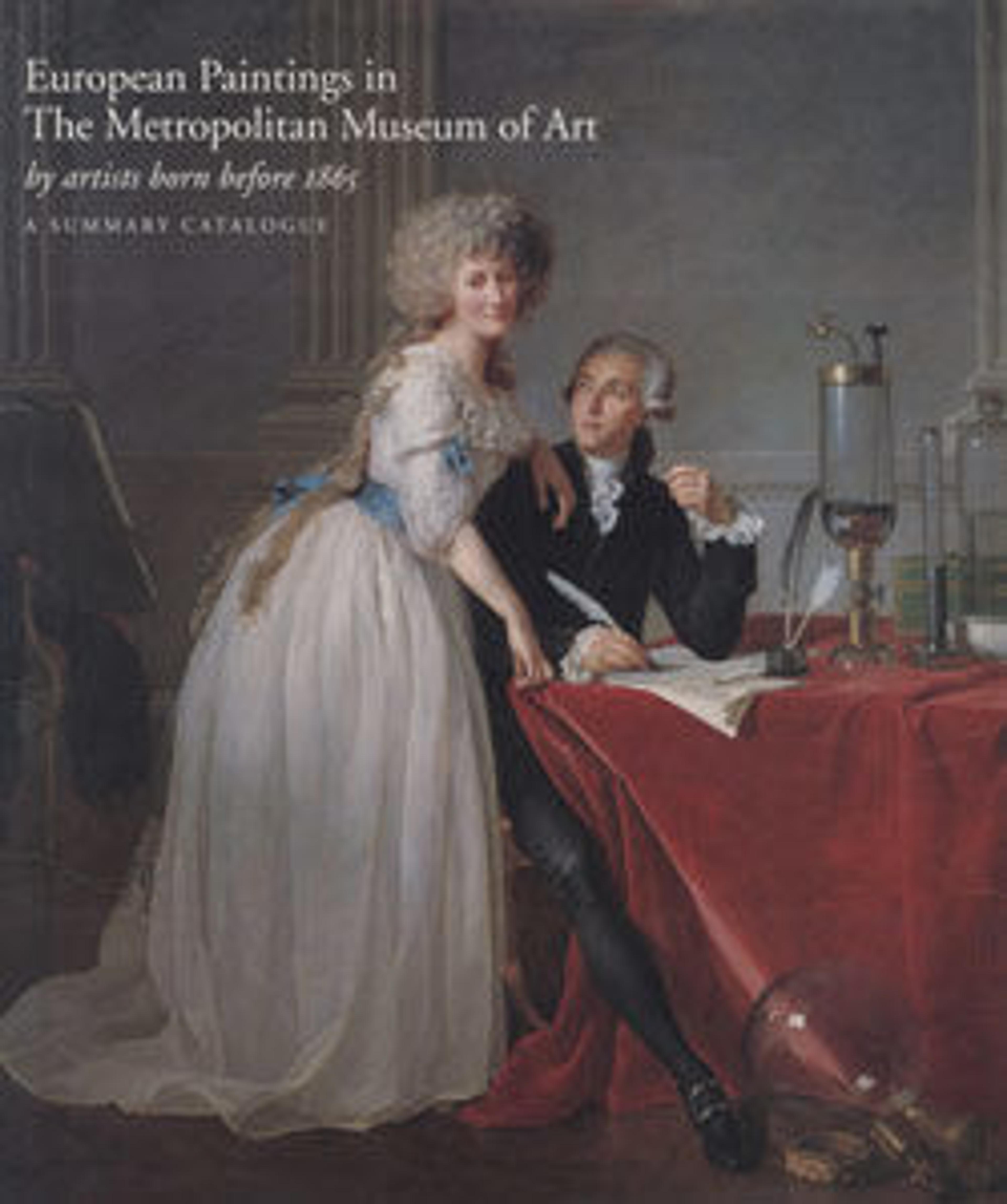Imaginary Landscape
Gaspard Dughet was Poussin’s brother-in-law. He learned to paint from him and was also later, confusingly, known as "Gaspard Poussin." His landscapes are usually wilder versions of Poussin’s classical visions, closer in temperament to the paintings of Salvator Rosa, with rocky outcrops and blasted trees.
Artwork Details
- Title: Imaginary Landscape
- Artist: Gaspard Dughet (French, Rome 1615–1675 Rome)
- Medium: Oil on canvas
- Dimensions: 37 7/8 x 60 1/2 in. (96.2 x 153.7 cm)
- Classification: Paintings
- Credit Line: Rogers Fund, 1908
- Object Number: 08.227.1
- Curatorial Department: European Paintings
More Artwork
Research Resources
The Met provides unparalleled resources for research and welcomes an international community of students and scholars. The Met's Open Access API is where creators and researchers can connect to the The Met collection. Open Access data and public domain images are available for unrestricted commercial and noncommercial use without permission or fee.
To request images under copyright and other restrictions, please use this Image Request form.
Feedback
We continue to research and examine historical and cultural context for objects in The Met collection. If you have comments or questions about this object record, please contact us using the form below. The Museum looks forward to receiving your comments.
